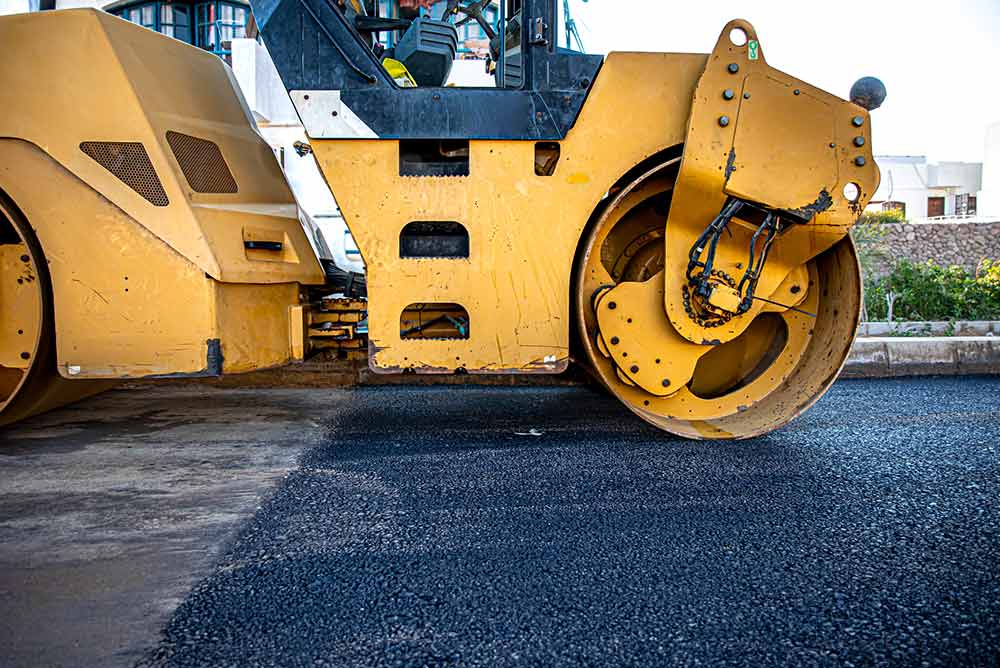Have you ever noticed that not all pavement appears the same? While pavement trends may come and go, quality results are never out of style. One of the important goals of the asphalt industry is to consistently achieve smooth, even pavement. But sometimes this goal is not achieved and asphalt appears to have different textures in different areas. This is not a desirable outcome.
Asphalt texture is a surprisingly important quality that contributes to the overall success of your pavement project. When asphalt is not smooth and even, it is more prone to water damage and can break down faster. It is less pleasant to walk or drive on and can cause dangerous situations for users. Uneven, sloped or bumpy pavement is also simply unattractive.
What causes asphalt to have undesirable textures? The Pavement Network has been examining pavement trends and ways to provide consistent results. Here are five reasons why your asphalt project may not be giving you the results you would like.
1. Non-Standardized Asphalt Batches
Since asphalt is made up of many different materials, different batches may have differences in the ratios of included materials and/or liquid. When your project is big enough to require more than one load of asphalt, differences between batches can result in differences in the pavement. These variations can cause your asphalt to have different textures once installed.
2. Inconsistent Application Techniques
Asphalt can be applied in two broadly different ways, by machine or by hand. Asphalt that is applied with paving machines will have a different look and feel then asphalt that is applied with hand tools. While both application methods can be successful there will be variations in texture that are noticeable when both methods are used in a single project.
3. Poorly Loaded Asphalt Mix
When asphalt is not loaded properly into the truck for transport it can separate. This separation is called truckload segregation. Taking the time to load your truck properly, in three distinct, smaller drops instead of one big drop all at once, can eliminate truckload separation and create a consistent load that will create a more even pavement.
4. Unloading the Asphalt Mix Improperly
If your truck is loaded properly, using good drop techniques to eliminate truckload separation, unloading the truck can be done however you see fit. However, if the truck was loaded in one big dump you can help restore consistency by using a different procedure to unload your haul truck. Try leaving the tailgate on the truck bed closed and raising the truck bed instead.
5. Completely Emptying the Paver Hopper
The paver hopper should remain half-full between loads. When the paver hopper is allowed to fully empty, the amount of mix on the augers is reduced, resulting in a reduced force on the leading edge of the screed. This causes a low spot on your pavement surface and also creates a rough texture on either side of a smooth centerline. Avoid these problems by employing a “rapid start, rapid stop” technique with a half-full hopper.
To ensure your pavement project has the best end result, consult an asphalt industry professional to provide expert services. By keeping up with pavement trends and best practices, a professional can deliver the results you are looking for. Looking for a reliable pavement partner? Look no further than the members of The Pavement Network. With members located throughout the country, there is sure to be a professional that can help you in your local area.
